By now, almost everyone has seen some kind of coverage about the disappointing Arrow Lake launch, and how Intel took one step forward, two steps back. What was supposed to be Intel's comeback after the disastrous instability saga of its Raptor Lake chips became just another cautionary tale for gamers. The Core Ultra CPUs were slower than the 14th Gen CPUs in gaming, but that's not the only reason you should avoid them. Intel still has a long way to go in terms of thermal efficiency, platform longevity, and pricing, when compared to the competition.
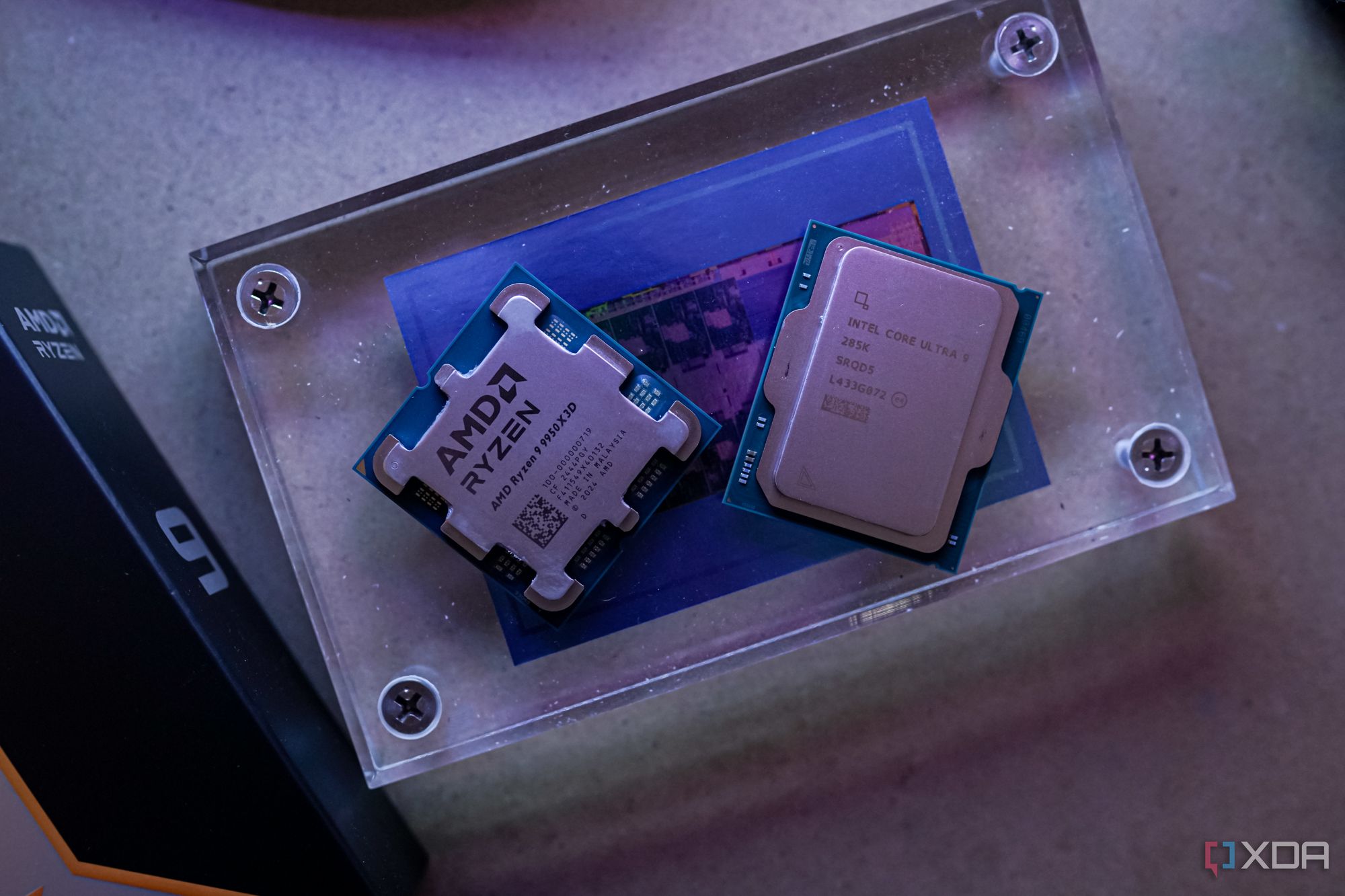
Related
5 ways the PC hardware landscape has transformed in the last 5 years
The PC hardware space looks a lot different than it did just 5 years ago
3 They still consume too much power
This is the "one step forward"
The Raptor Lake CPUs were known to bring cooling hardware to its knees, with even competent 360mm AIO coolers failing to tame chips like the Core i9-14900K at stock settings. Intel was proud to improve thermal efficiency with its Arrow Lake CPUs, but the reduced power consumption doesn't mean these new chips don't run hot. When you compare them against AMD's Zen 5 CPUs, there's simply no contest, especially in the 8-core and 6-core segments.
If you see the inferior power efficiency of the Core Ultra CPUs in conjunction with their subpar performance, it's not hard to see why users want to avoid them. While AMD managed to improve the already impressive efficiency of its Zen 4 chips with the Zen 5 processors, Intel's latest CPUs only look better against the Raptor Lake predecessors. Power consumption is just one of the things that Team Blue needs to fix if it wants a real turnaround with its next-gen CPUs.
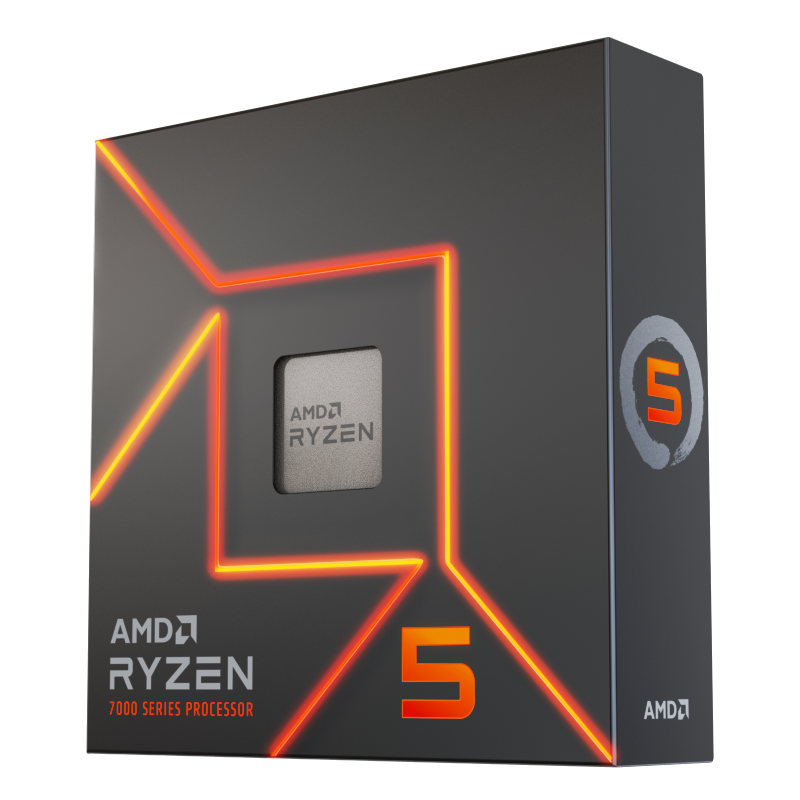
Brand AMD
Cores 6
Threads 12
Architecture Zen 4
Process 5nm
AMD's Ryzen 5 7600 is an entry-level, six-core processor that offers solid gaming performance at a more affordable price. Capable of boosting up to 5.1GHz, this 65W chip is a mighty package with an efficient architecture for a killer PC build.
2 There's no upgrade path
Surprise, surprise
While Intel isn't known to offer long-lasting sockets, we were fortunate to get a rare exception with the 12th, 13th, and 14th Gen chips. Each of those CPUs was compatible with the LGA 1700 socket. However, it doesn't seem like Intel will repeat this with the next-gen Nova Lake processors, as the current LGA 1851 socket is set to be replaced by something new when the new chips debut in 2026.
AMD, on the other hand, is supporting the current AM5 socket till 2027, at least. That means we'll get support for at least the Zen 6 chips when they launch in 2026. Users who jumped on the platform in 2022 with the Ryzen 7000 CPUs will get at least 5 years of platform longevity, and someone currently running a Ryzen 5 7600 could potentially upgrade to the Ryzen 10600 or even the Ryzen 10800X3D if they have cash to spare.
Platform longevity might seem an overblown concept to users who use a single CPU for 5 to 7 years, and only upgrade to something new with a whole new build. However, it matters a lot to many PC builders, and Intel ought to direct its efforts toward launching longer-lasting sockets, if only to achieve parity with AMD.
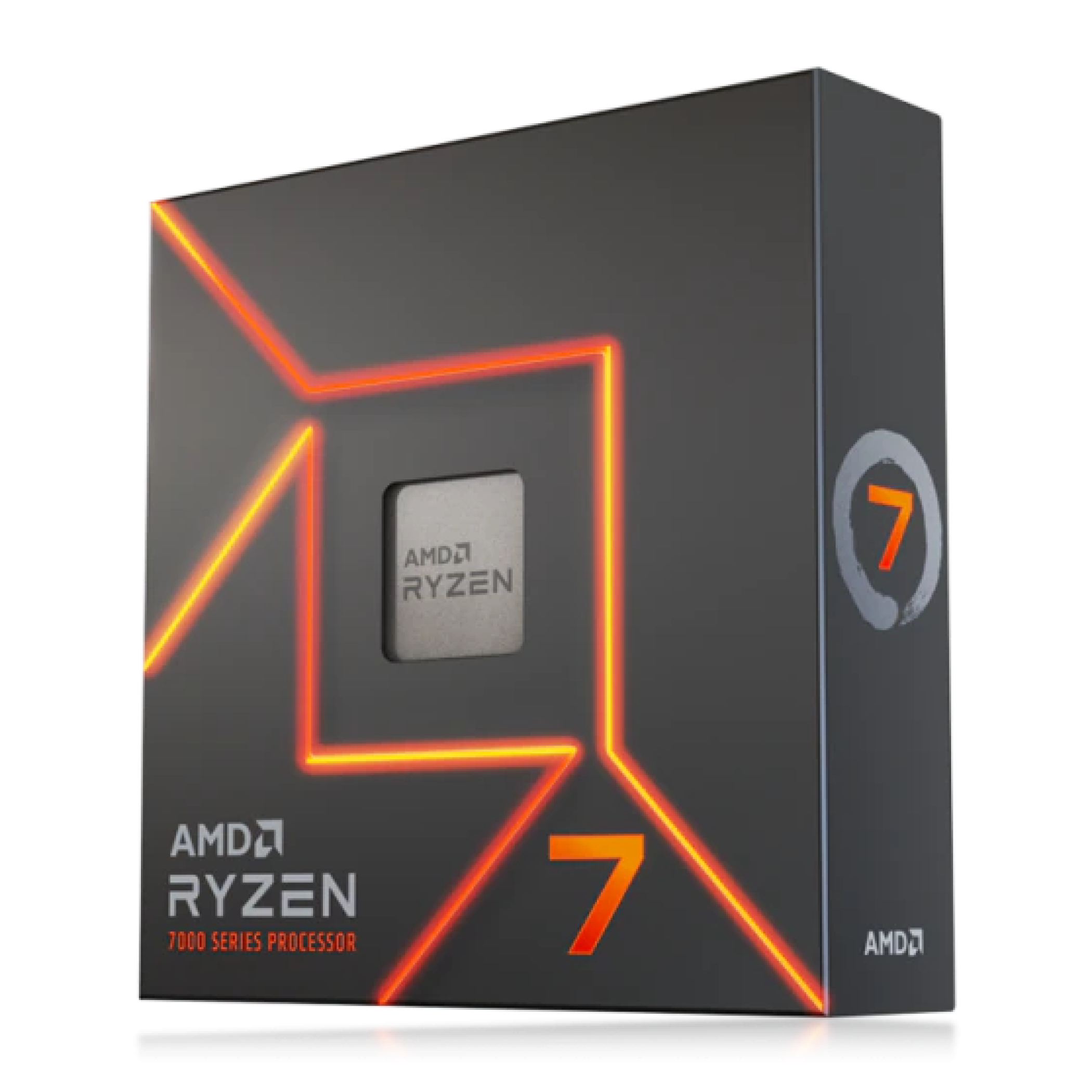
Cores 8
Threads 16
Architecture Zen 5
AMD's Ryzen 7 9700X not only undercuts its predecessor, but it's more powerful and sips less electricity. 8 cores and 16 threads will ensure all your favorite games run as intended by the developers, and a 5.5 GHz boost speed will make easy work of heavier loads.
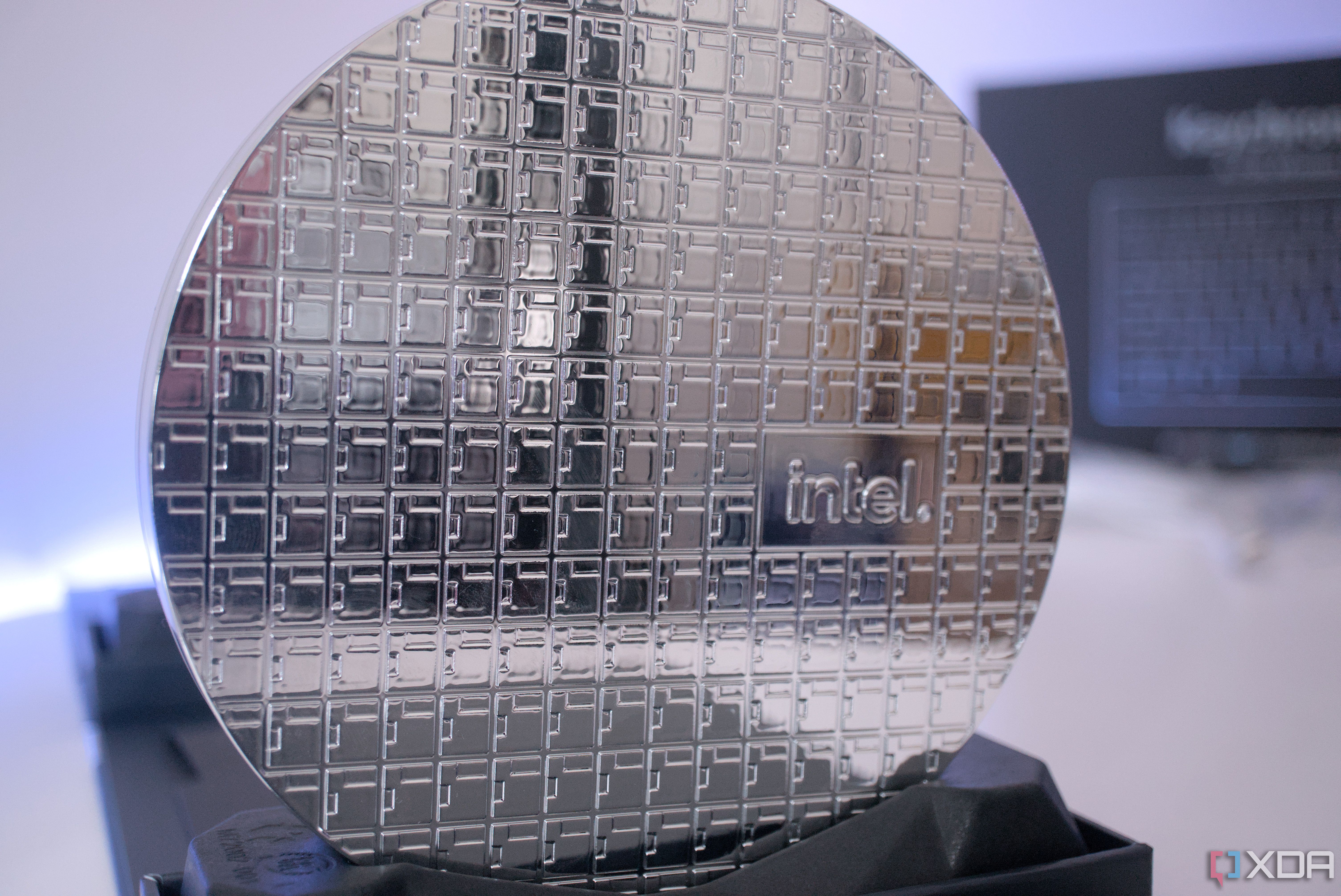
Related
5 things Intel needs to get right with Nova Lake
Intel needs to get the Nova Lake launch right to keep up with AMD.
1 The pricing doesn't make sense
It all falls apart when you look at AMD
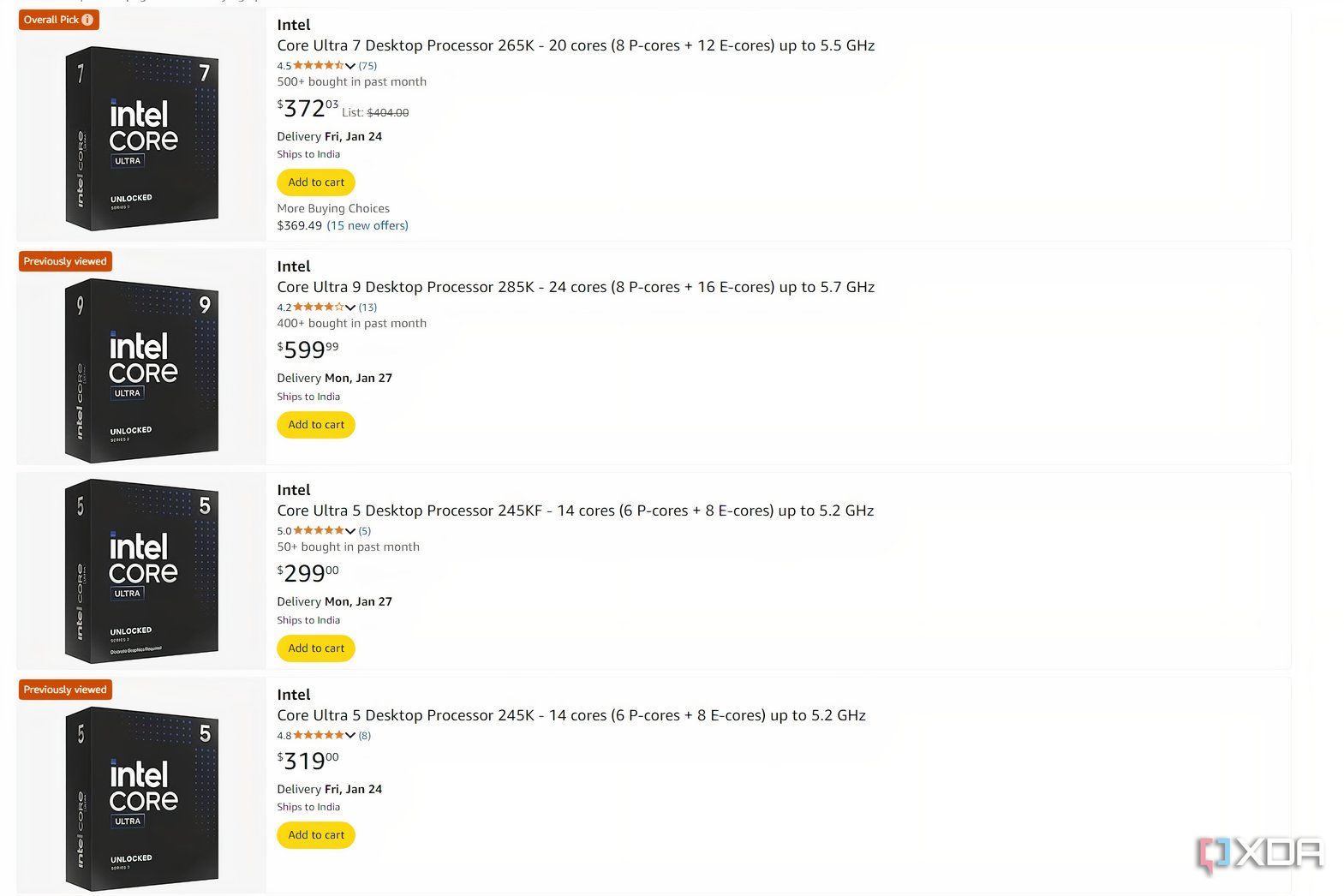
Intel's Arrow Lake CPUs launched with a significant price premium when compared to the competition. Since they didn't offer much in terms of performance to the average user, the higher price seemed like another slap in the face of the consumers. Since then, the prices have come down a bit, but by and large, the Core Ultra SKUs remain more expensive than comparable AMD counterparts.
For instance, the 6-core Core Ultra 5 245K has been retailing for $270-$280 for the last two months, whereas the Ryzen 5 9600X could be had for $210-$220 during the same period. The 8-core chips — Core Ultra 7 265K and Ryzen 7 9700X — might be similarly priced right now, but the Core Ultra 9 285K is priced around $70 more than the Ryzen 9 9950X.
Apart from productivity users who will find the higher-end Arrow Lake chips attractive even at these prices, no one else should opt for an Intel CPU right now. Gaming performance is much better on Team Red CPUs this generation, and Intel's higher prices aren't making things easier for the company.
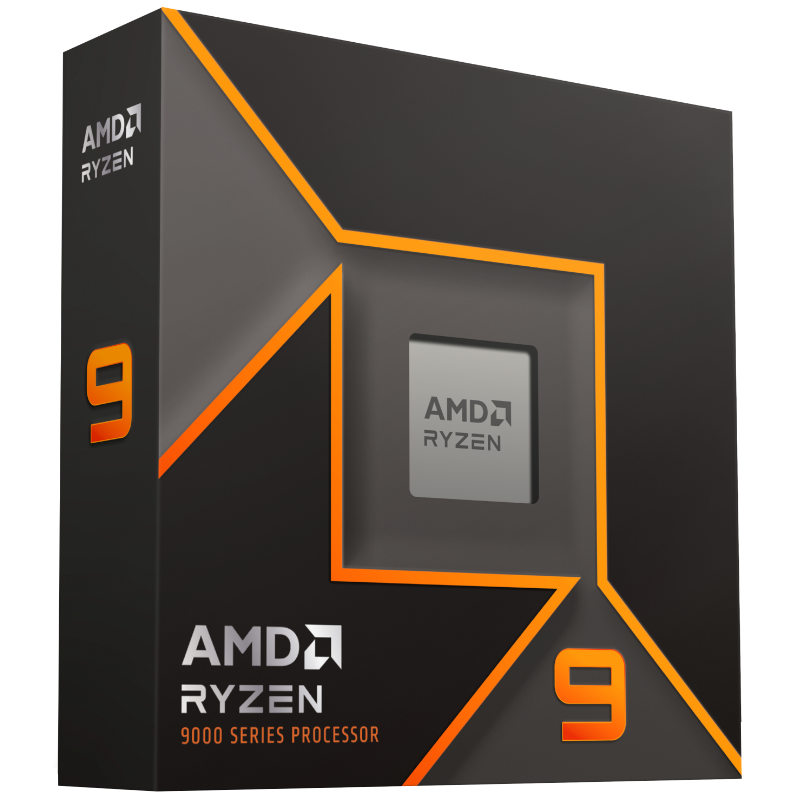
Cores 16
Threads 32
Architecture Zen 5
With the same cores and threads as its predecessor, the AMD Ryzen 9 9950X is a powerful processor built on the new Zen 5 architecture. It's cheaper, doesn't run as hot, and sucks less power from the motherboard, resulting in an efficient flagship CPU.
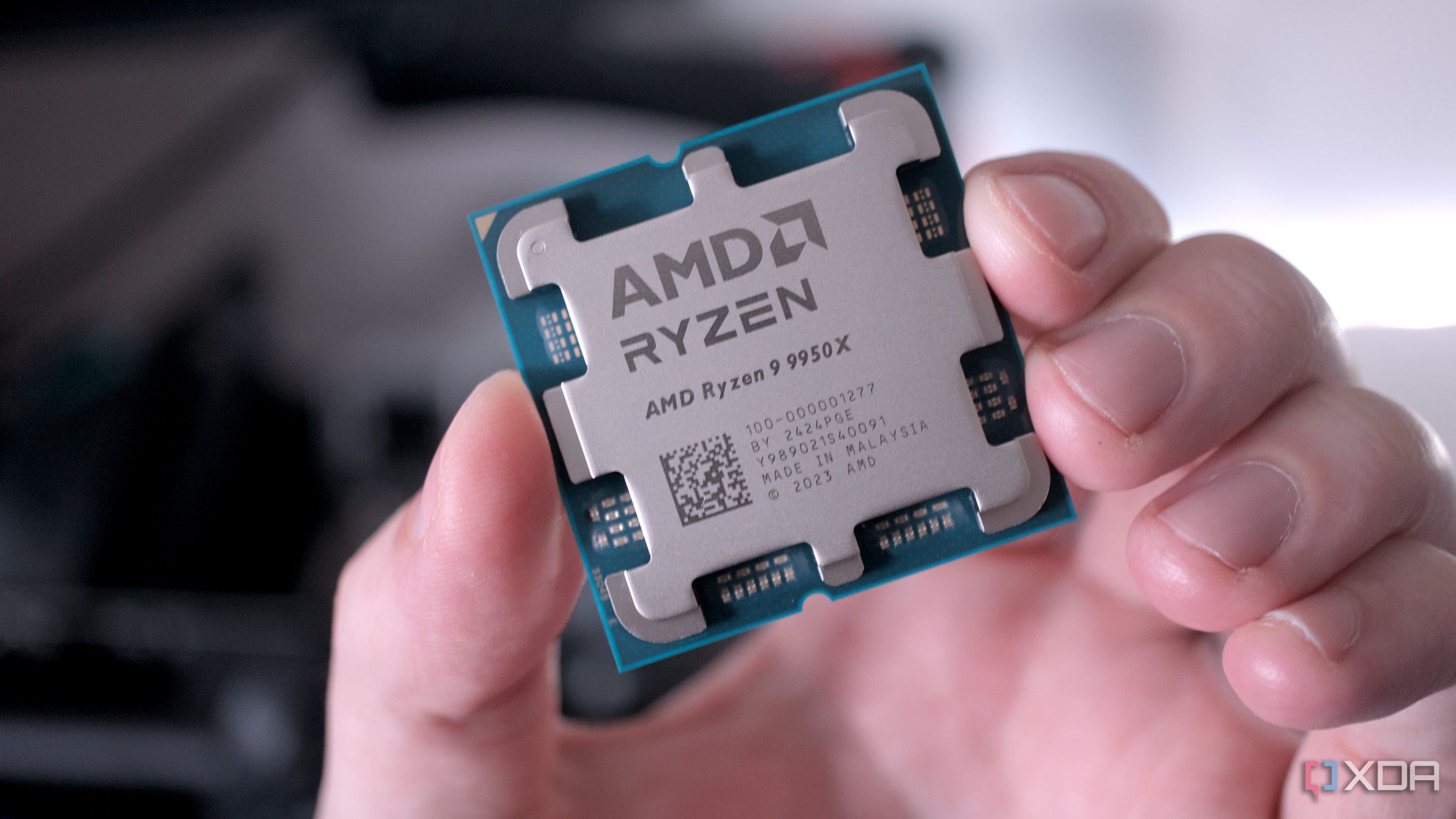
Related
Don't buy an Intel Arrow Lake CPU, get one of these instead
Intel's new Arrow Lake CPUs are here, but they're not quite ready for prime time. If you're building a PC now, check out these CPUs instead.
Arrow Lake is bad for gaming, but it has bigger problems
For a PC builder putting together a gaming PC right now, AMD is universally the better option. Whether you look at 6-core, 8-core, or X3D parts, it's a slam dunk for Team Red. It's not just raw performance; AMD is doing significantly better at power efficiency, long-term platform support, and value for money. It's a bit far-fetched to expect Team Blue to solve each of these issues with Nova Lake, but we should see at least a few wins if Intel wants to stay competitive.
.png)
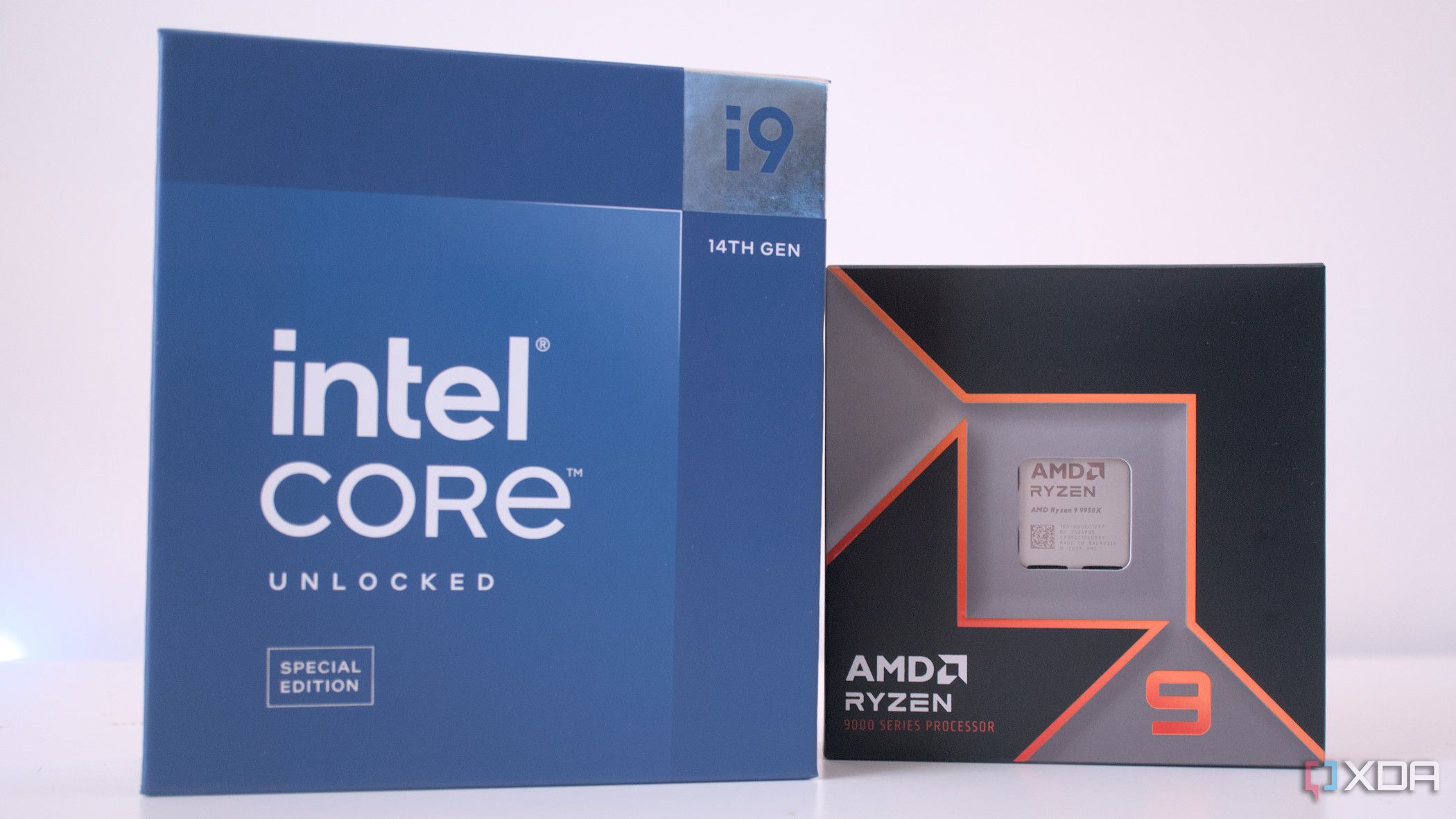
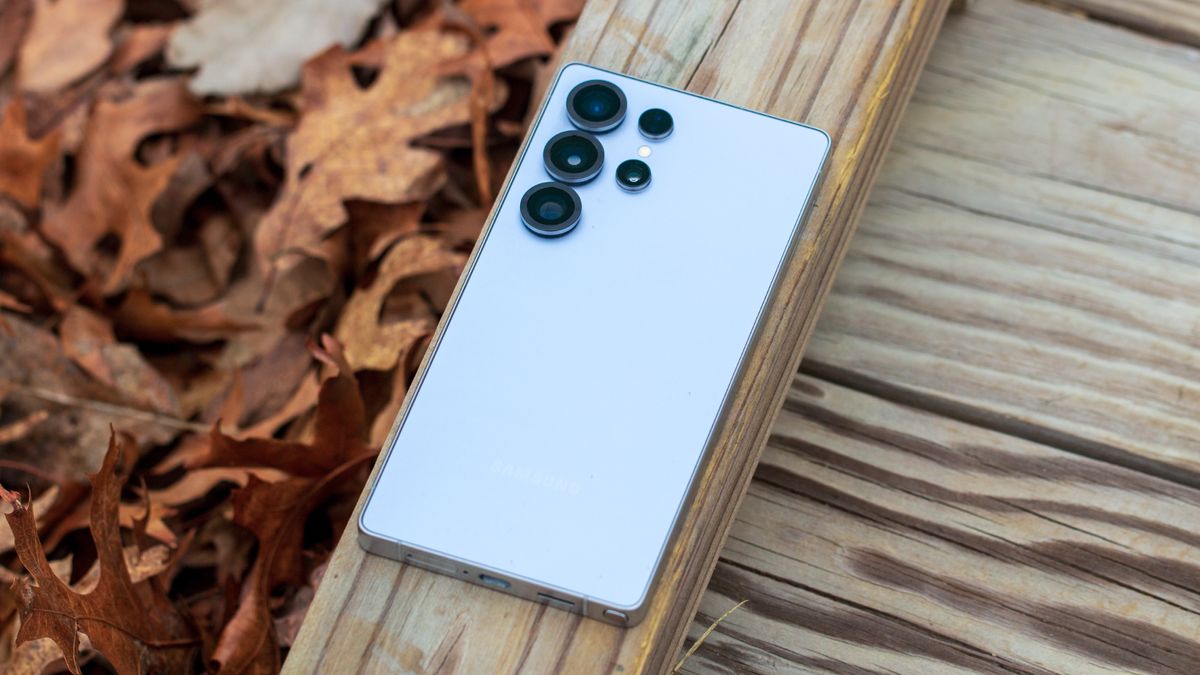









 English (US) ·
English (US) ·